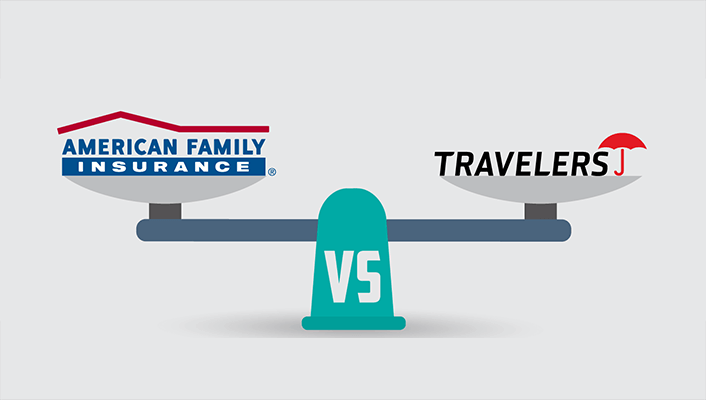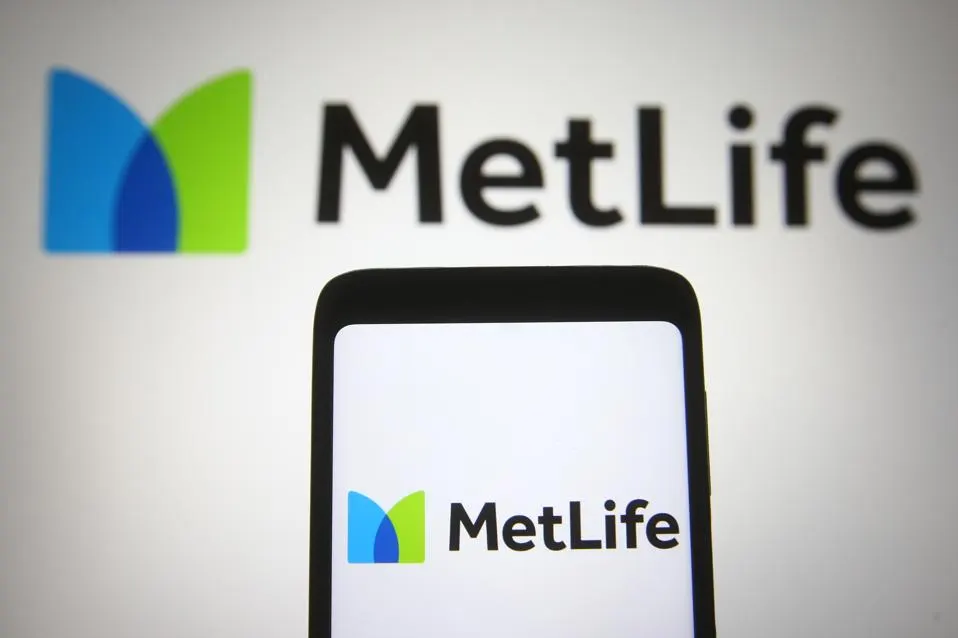Picture this: graduating with your degree, only to face a mountain of student loan debt – a reality for a growing number of Americans. With outstanding student loan debt exceeding $1.6 trillion as of Q3 2023, the financial burden on borrowers is significant. While federal loans provide crucial protections and flexible repayment, the rise of private lenders, including many fintech companies with seemingly attractive offers, necessitates careful consideration. This guide empowers you with the essential knowledge to navigate these options wisely and select the student loan that truly aligns with your individual financial circumstances.
Toc
Understanding Student Loan Options

When it comes to securing the best student loan, it’s essential to understand the various options available. The two primary categories are federal and private student loans, each with its own set of advantages and disadvantages.
Federal Student Loans
Federal student loans are often the first choice for many borrowers due to their inherent benefits.
Benefits of Federal Loans: They typically offer fixed interest rates, flexible repayment plans, and even potential for loan forgiveness under specific circumstances.
Types of Federal Loans
Direct Subsidized Loans: These loans are based on financial need, determined by the Free Application for Federal Student Aid (FAFSA), which considers factors like family income and assets. The government covers interest while you’re in school, during grace periods, and deferment periods. This means you only pay back the principal amount you borrowed.
Direct Unsubsidized Loans: Available to all students regardless of financial need, these loans accrue interest from the moment they’re disbursed.
Direct PLUS Loans: Designed for graduate students and parents of undergraduates, these loans have higher borrowing limits but require a credit check.
Perkins Loans: Though no longer available for new borrowers, these were low-interest loans for students with exceptional financial need.
Eligibility and Application: To apply for federal loans, you must fill out the Free Application for Federal Student Aid (FAFSA), which determines your eligibility based on financial need.
Private Student Loans
While federal loans are advantageous, private student loans are increasingly popular among those seeking additional funding.
Advantages and Disadvantages: Private loans can offer higher borrowing limits and more customizable repayment terms, but they may come with variable interest rates and fewer borrower protections. Variable rates fluctuate based on market conditions, which can lead to higher payments over time if interest rates rise.
Risks to Consider: Private loans may also carry higher fees and less flexible repayment terms, making it crucial to compare offers from multiple lenders before deciding.
Evaluating the Best Student Loan Lenders

Finding the best private student loan lenders can be a daunting task, but breaking it down into key factors can simplify the process.
Interest Rates
Comparing Rates: Interest rates can vary significantly among lenders. It’s essential to compare both fixed and variable interest rates to find the best student loan for your needs. Some of the best private student loan lenders, such as Earnest, often offer fixed interest rates as low as 4.99% APR for borrowers with excellent credit. SoFi, another popular lender, provides variable rates starting around 5.75% APR. These rates can be significantly lower than those offered by other lenders, especially for students with strong credit histories.
Repayment Terms
Flexibility is Key: Look for lenders that offer a variety of repayment options, such as interest-only payments, fixed monthly payments, or deferred repayment plans. This flexibility can help you tailor your loan to fit your financial situation. Income-driven repayment plans (IDRs) are designed to make student loan payments more manageable by adjusting your monthly payment based on your income and family size. These plans can significantly reduce your monthly payment, potentially making it more affordable, and may even lead to loan forgiveness after a certain number of years.
Fees
Understanding Fees: Fees associated with private loans can include origination fees, late fees, and prepayment penalties.
Finding Minimal Fees: Seek out the best student loan companies that offer no application, origination, or late fees, like Discover, to keep your borrowing costs down.
Additional Benefits
Unique Offerings: Some lenders provide valuable borrower benefits, such as Ascent’s non-cosigned loans for students with limited credit history or SoFi’s career services and unemployment protection. These perks can enhance your borrowing experience and provide additional value.
Managing Student Loan Debt Responsibly

Budgeting and Financial Planning
Creating a Budget: Establishing a realistic budget is crucial for managing your finances effectively. A well-structured budget can help you prioritize your student loan payments while preventing overspending in other areas. Begin by tracking your monthly expenses, categorizing them into essentials and non-essentials. Allocate specific funds for loan payments, ensuring that you consistently meet your obligations. Regularly reviewing and adjusting your budget can also help you stay on top of your financial goals.
Cost-Reduction Strategies: To ease the financial burden, consider various cost-reduction strategies. For instance, sharing housing with roommates can significantly lower your rent and utility expenses. Additionally, cooking meals at home instead of dining out can lead to substantial savings over time. You can also look for student discounts on transportation, entertainment, and groceries to stretch your budget further.
Repayment Options
Exploring Plans: It’s important to familiarize yourself with the diverse repayment plans available for both federal and private loans. Options include standard repayment, which offers fixed monthly payments over a set period, and income-driven repayment plans that adjust your monthly payment based on your income level. Extended repayment plans can also provide longer terms to ease monthly financial strain. Understanding these options can empower you to make informed decisions about managing your debt.
Choosing the Right Plan: Each repayment plan has its own advantages and disadvantages, so it’s essential to assess which one aligns best with your current financial situation and long-term goals. For example, if you anticipate a fluctuating income, an income-driven plan may offer more flexibility. On the other hand, if you aim to be debt-free sooner, a standard plan might be the better choice. Be sure to calculate the total cost of each option and consider factors such as interest rates and potential forgiveness benefits.
Seeking Financial Assistance
Beyond Loans: While loans can help finance your education, they should not be your only option. Actively explore scholarships, grants, and work-study programs that can significantly reduce the amount of debt you need to incur. Many organizations provide scholarships based on academic performance, extracurricular involvement, or specific demographics, so take the time to research and apply for every opportunity available.
Finding Opportunities: Utilize resources such as your school’s financial aid office, online scholarship databases, and community organizations to discover additional funding sources. Networking with peers and faculty can also uncover lesser-known opportunities. By proactively seeking financial assistance, you can alleviate some of the financial pressures associated with education and focus more on your studies and future career.
Understanding the Cost of College

The total cost of college extends far beyond tuition fees, encompassing a wide range of essential expenses.
Tuition and Fees
Factors Influencing Costs: Tuition varies widely based on the institution, program, and residency status. Public universities often have lower tuition rates for in-state students, while out-of-state students may face significantly higher fees. Additionally, colleges frequently charge a variety of fees beyond tuition, such as technology fees, student activity fees, and health services fees, which can accumulate quickly and impact your overall budget.
Living Expenses
Budgeting for Housing: When planning your college budget, it’s crucial to consider not only the cost of housing but also food and transportation expenses. On-campus living may include utilities and amenities, which can make it convenient but sometimes pricier. Researching the average cost of on-campus versus off-campus living is essential. Off-campus housing might offer more space and freedom, but it’s important to factor in commute costs and the potential for fluctuating utility bills.
Textbooks and Supplies
Managing Academic Costs: Textbooks and supplies can quickly add hundreds or even thousands of dollars to your college expenses, often taking students by surprise each semester. To help manage these costs, consider strategies like renting textbooks, buying used copies, or utilizing digital versions, which tend to be more affordable. Additionally, some schools have programs that allow students to borrow textbooks for the semester, providing a valuable resource for minimizing costs. Planning ahead and seeking out these opportunities can significantly ease the financial burden associated with academic materials.
Researching College Costs

Thoroughly researching college costs is essential for making an informed decision.
Comparing Costs Across Institutions
Look Beyond Tuition: When evaluating potential colleges, consider the overall cost of attendance, including room and board, fees, and other expenses. This approach can help you identify the most cost-effective options. Utilize online resources like the College Board’s Net Price Calculator to estimate your potential financial aid package and compare costs.
Understanding Financial Aid Packages
Different Types of Aid: Colleges may offer a combination of scholarships, grants, work-study programs, and loans as part of your financial aid package. It’s essential to understand what each type entails and how it affects your overall cost.
Comparing Offers: When comparing financial aid packages from different schools, consider the total amount of money you will have to repay after graduation.
Exploring Additional Funding Sources
Diverse Funding Options: Investigate various sources of financial aid beyond student loans, such as scholarships and grants. These can significantly reduce the amount of debt you need to take on.
Talking to Financial Aid Counselors: Don’t be afraid to reach out to financial aid counselors at your prospective colleges. They can provide valuable insights and resources for financing your education.
Frequently Asked Questions
Q: What is the difference between a subsidized and unsubsidized federal student loan?
A: Subsidized loans have interest paid by the government while you’re in school, during grace periods, and deferment periods. Unsubsidized loans accrue interest from disbursement, and you’re responsible for paying it.
Q: How can I find out if I qualify for a private student loan?
A: Private lenders assess creditworthiness, income, and other factors. Some offer non-cosigned loans for students with limited credit history. Research and compare lender eligibility criteria.
Q: What should I do if I can’t afford my student loan payments?
A: Contact your lender to discuss options like income-driven repayment plans, deferment, or forbearance. These can help temporarily reduce or pause payments until your financial situation improves.
Q: Are there any programs that can help me pay off my student loans faster?
A: Yes, explore employer-sponsored repayment benefits, refinancing to a lower interest rate, and making additional payments to reduce the principal balance.
Conclusion
Navigating the financial aspects of attending college can be complex, but with careful planning and utilization of available resources, you can effectively manage these challenges. One key to success is staying informed and proactive about your financial options, making it crucial to regularly review and update your financial plan throughout your college journey. Additionally, remember that there are often unexpected costs in college life, so creating a flexible budget with room for contingencies can help prevent financial stress. Ultimately, investing time and effort into understanding and organizing your finances now will pay dividends in your educational experience and future career endeavors. With a strategic approach, you can focus more on your academic goals and personal growth during this transformative period.










